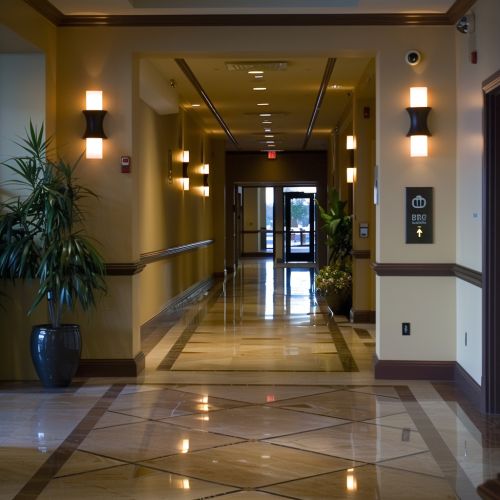Fire Safety
Introduction
Fire safety refers to the set of practices intended to reduce the destruction caused by fire. Fire safety measures include those that are planned during the construction of a building or implemented in structures that are already standing, and those that are taught to occupants of the building.
Understanding Fire
Fire is a chemical reaction that requires three elements to be present for the reaction to take place and continue. These three elements are heat, fuel, and an oxidizing agent (usually oxygen). The fire is prevented or extinguished by removing any one of these elements.
Fire Safety Measures
Fire safety measures are varied and many, and they can be categorized into several types.
Building Design and Construction
In the design and construction of buildings, structures and processes, fire safety measures should be incorporated. This can include the use of fire-resistant materials in construction, the use of fire barriers to prevent or slow the spread of a fire, the design of escape routes and the provision of means to access these routes.


Fire Safety Equipment
Fire safety equipment includes anything designed to fight a fire, protect people and property from fire, alert people to the presence of fire, or allow people to escape from fire. This can include fire extinguishers, fire blankets, fire doors, fire alarms, smoke detectors, sprinkler systems, emergency lighting, and escape ladders.
Fire Safety Training
Fire safety training includes teaching workers how to react to a fire, how to use fire fighting equipment, how to evacuate the building, and how to minimize the risk of a fire starting in the first place.
Fire Safety Regulations
Fire safety regulations are laws or rules made by governments in order to ensure fire safety in various settings. They may be laws that require the provision of fire safety measures in buildings, or they may be regulations that govern the standards of fire safety equipment.
Fire Safety in Different Settings
Fire safety needs can vary greatly depending on the setting. For example, fire safety in a home will look very different from fire safety in a factory or a forest.
Home Fire Safety
Home fire safety involves both structural and behavioral adjustments. Structural adjustments can include installing smoke alarms and having a fire extinguisher on hand. Behavioral adjustments can include ensuring that electrical appliances are not left unattended, keeping flammable materials away from heat sources, and maintaining an evacuation plan.
Workplace Fire Safety
Workplace fire safety involves a greater range of fire safety measures, due to the larger number of people present and the greater potential fire hazards. These measures can include fire drills, fire safety training for all employees, and the installation of a wide range of fire safety equipment.
Wildfire Safety
Wildfire safety involves measures such as creating a defensible space around a home by clearing away flammable materials, following local fire codes and regulations, and being prepared with a wildfire action plan.
